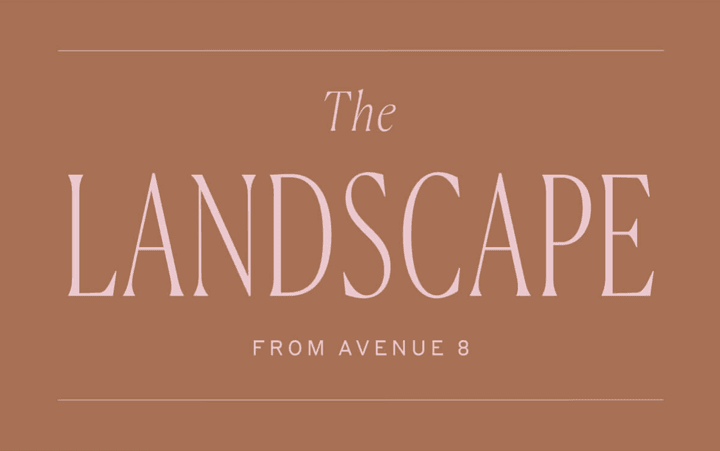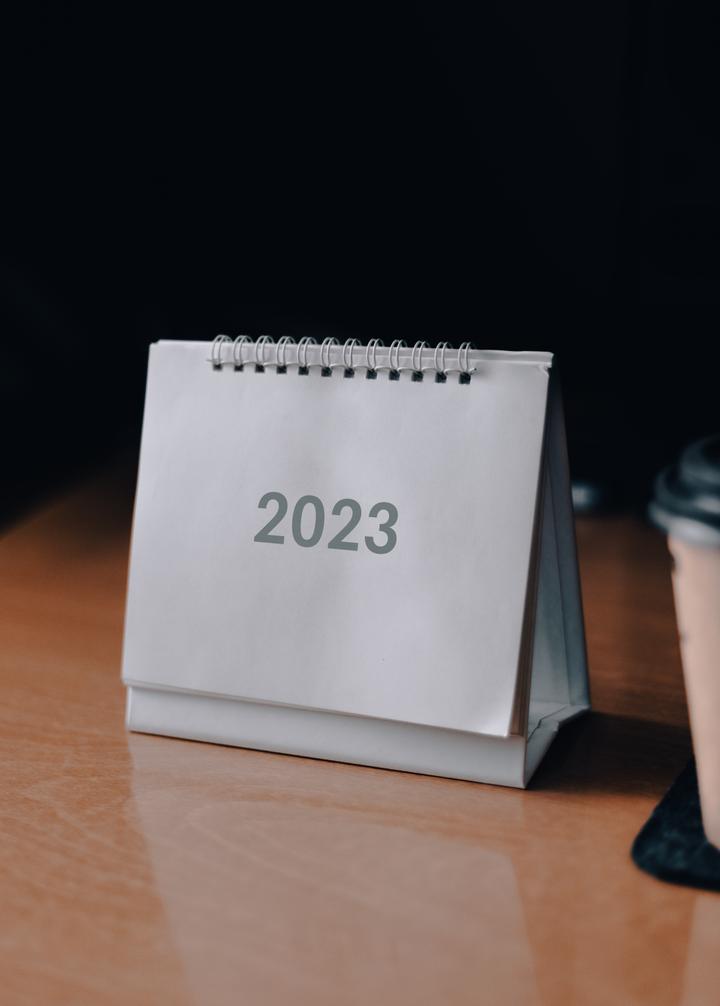The past year saw most Americans spend more time “at home,” which accentuated the importance of our living space and refined how we view and interact with it. But just what makes a house a home, rather than four walls made of brick and mortar? Let’s take a look from a few different angles.
What “makes a house a home” has not changed; most people want a safe place to live, laugh, love — and eat.

After spending much of 2020 locked in their residences, most people still associate positive emotions, social experiences and an overall sense of comfort with feeling at home.
Home improvement spending has been soaring as owners look to make their living spaces more accommodating.

Hunkered down at home during the pandemic, Americans invested more than ever on home improvements and show no signs of relenting. Growth in annual spend for the sector is expected to double in 2022.
No one spends more on home renovation than Californians, specifically homeowners around the Bay Area and L.A.

Nationwide, the median spend on renovation per household was $15,000 in 2020, up from $13,000 in 2019. But homeowners in metro areas in California spent much more, which may reflect the budgets of higher income residents as well as the higher costs of labor.
As the definition of home changed, priorities shifted; investment in outdoor space and home offices increased significantly.

A new world where everything from work to play takes place at home drove demand for outdoor upgrades and home office improvements — two key trends that continue today — while decreasing spend on interior remodels.
People are living in their homes longer, giving owners time to transform their houses into sanctuaries.

Nationwide, the average homeownership tenure has nearly doubled in the decade since the end of the recession to about 8 years. In the Bay Area and L.A., the average tenure is even higher. Housing turnover is expected to continue to decline as more Americans age in place.
Macro-conditions in expensive markets forced would-be buyers to rent, rather than settle into permanent homes.

In the nation’s most expensive housing markets, the widening gap between the cost of renting and owning has forced more people to put off finding their forever homes in favor of shorter-term living arrangements.
Many Americans may struggle to find homes in moderately priced markets, where investors have gobbled up housing stock.

Institutional investors have been targeting hot markets where the price-to-rent ratios are still moderate, which will decrease inventory and further dim the prospects of individual homeownership.
As iBuyers expand, homes are increasingly treated like any other asset. But the luxury market has remained untouched so far.

Recently, leading iBuyers have aggressively increased their market share nationwide. But they have not been able to crack the most competitive markets or completely shed their reputation as discount buyers. The way that a property traditionally changes hands — through a trusted, human broker — may play too important a part of what makes a house feel like a home.
The idea of home makes us warm and fuzzy inside, and the ways we’re spending our time and money prove that it’s more important than ever. But as the market rebalances post-pandemic, attention could turn to the ways in which an aging population and institutional investors will affect supply and demand. We’ll be watching and report back on future editions of The 8.
Join Our Newsletter
Latest Headlines


